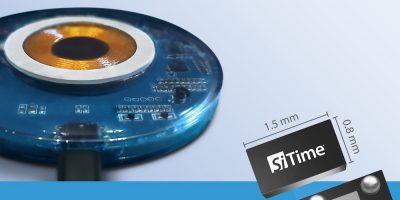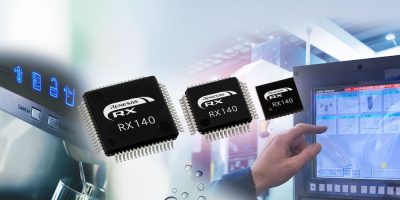The first in a family of coil drivers from Alpha and Omega Semiconductor (AOS) that are supplied in a thermally enhanced QFN3x3 package are suitable for wireless charging transmitter circuits in a variety of space constrained applications.
The AOZ32033AQI is an integrated half-bridge gate driver capable of driving high-side and low-side N-channel MOSFETs. The coil driver offers 30V, 11 mOhm in a QFN3x3 package. It features slew rate control (SRC) to adjust sink / source current and provide a trade-off between efficiency and EMI optimisation in the design of wireless charging transmitter (TX) circuits, explains AOS.
The coil driver is intended for use in wireless charging TX circuits used in cordless power tools, vacuum cleaners, drones, and other consumers’ electronic equipment which use full-bridge topology with a resonant tank circuit for power conversion efficiency.
The integrated package offers a part count reduction of up to 40 per cent compared to traditional approaches, says AOS. The AOZ32033AQI enables PCB space savings and higher performance in wireless transmitter circuits with high wattage of up to 30W. To ensure the design is robust, the coil driver has multiple protection functions such as high side and low side under-voltage lockout and over-temperature protection. The coil driver can be used for a wide range of input voltages from 4.0 to 28V.
“Wireless charging is offered at increasingly higher power levels as the benefits of eliminating physical connectors and cables are being realised by more end applications,” says said Colin Huang, power IC marketing manager at AOS. This, the first member announced of the company’s coil driver product family, will provide an efficient, power-dense, and cost-effective solution for wireless charging TX circuits, he continues. “The integrated approach offers protection features not possible by using a discrete approach while reducing engineering design cycles and complexities,” he says.
The AOZ32033AQI is immediately available in production quantities with a lead-time of 12 weeks.
Alpha and Omega Semiconductor (AOS) is a designer, developer, and global supplier of a broad range of power semiconductors, including a wide portfolio of power MOSFET, IGBT, IPM, TVS, HVIC, SiC/GaN, power IC, and digital power products. AOS has developed extensive IP and technical knowledge to introduce innovative products to address the increasingly complex power requirements of advanced electronics.
AOS’s portfolio of products targets high-volume applications, including portable computers, flat-panel TVs, LED lighting, smartphones, battery packs, consumer and industrial motor controls, automotive electronics, and power supplies for TVs, computers, servers, and telecommunications equipment.







